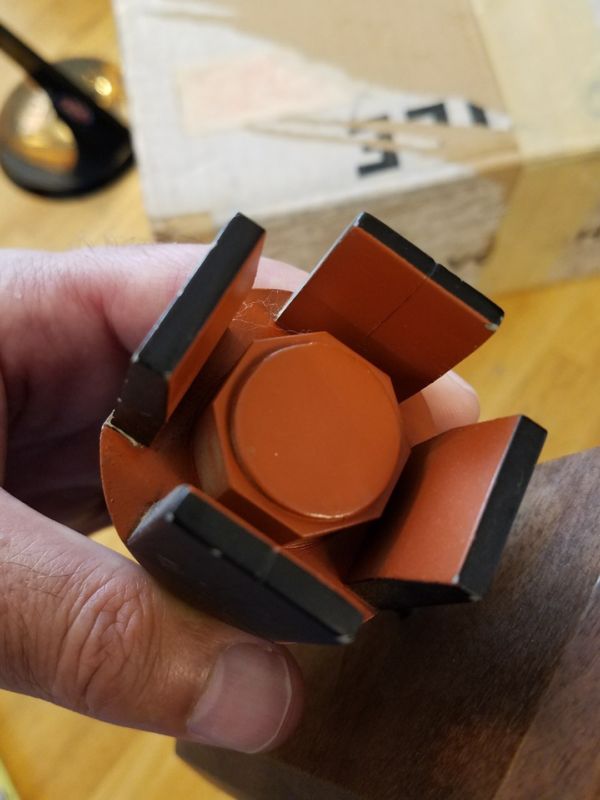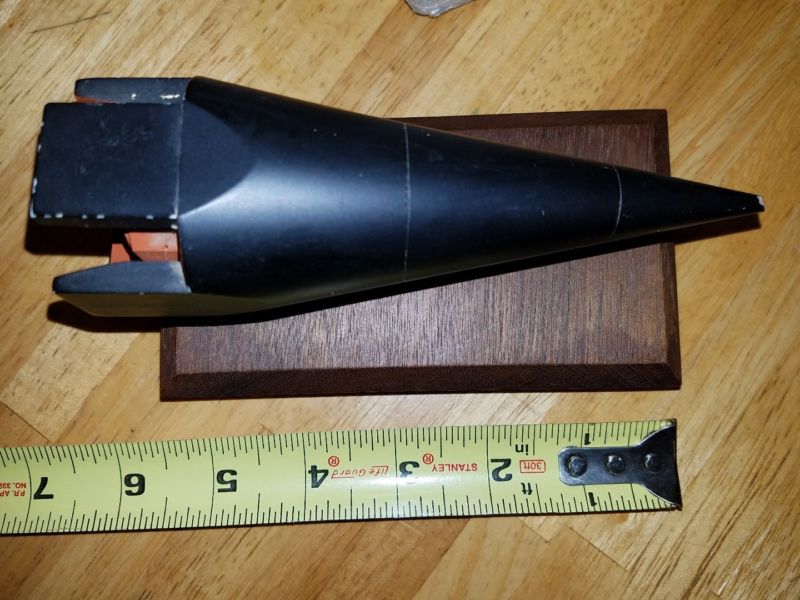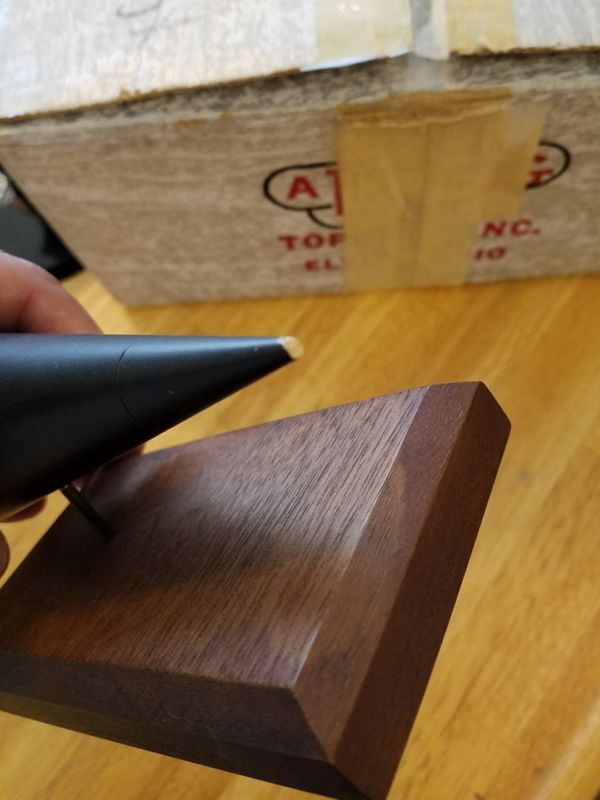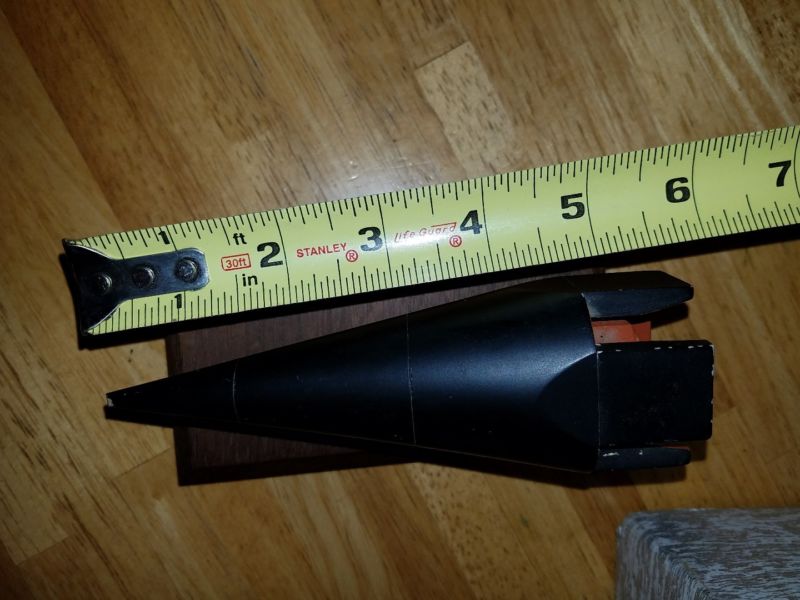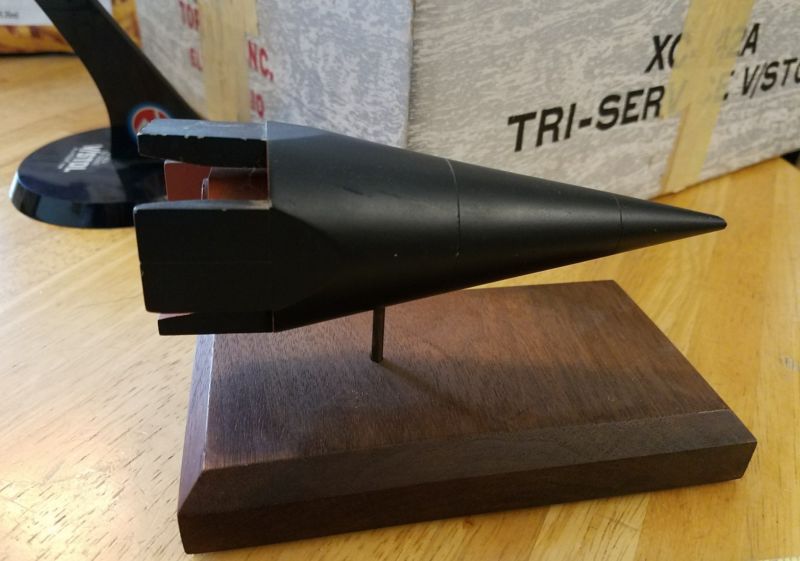Concealability seems poor.
There is apparently some discussion about parking some THAAD missiles along the west coast to protect against the likes of a Nork missile. The THAAD isn’t a full-up anti-ICBM system, but it’s the best the US currently has for land-based systems. It’s also the only missile in operation that has an important subsystem (the igniter) designed by *me.* So there.
The US May Add THAAD Missile Systems On The West Coast
There is, of course, no actual money for this.
An updated version of a post from a few years ago with obsolete formatting, with added editorial bloviation!
Point of note: 1963 is 54 years ago. With all the advances in the last half century, America still relies on the Minuteman. Since the Minuteman was developed, we also developed the Midgetman and Peacekeeper ICBMs… and got rid of them.
Note as well that the five year development time for the original Minuteman is year and a half longer than the time since I originally posted another version of this old Minuteman video. And in that three and a half years, the United States does not seem to have developed a new ICBM, while in that time the North Koreans and Iranians *have.* The Russians have tested updated versions of the “Satan” ICBM (the RS-28 Sarmat), which carries 10+ warheads; the Minuteman III currently mouldering in American silos were designed for a whopping 3 warheads, but now carry a grand total of *one* warhead due to treaty restrictions.
Also of historic note: when the Minuteman was developed, a lot of components that, were they to be developed today, would be digital were then analog. The safe-and-arm for the solid rocket motors was essentially a heavy chunk of clockwork. The S&A simply served the purpose of making sure than an accidental electrical or mechanical discharge somewhere, if it inadvertently set off the ordnance lines leading to the motor igniter, would not actually get to the igniter. They are simple mechanical blocks that prevent the signal from getting through unless they are properly activated.
The Minuteman S&A’s worked well enough. So, when Thiokol was developing the solid rocket boosters for the Shuttle, they used the Minuteman S&As. And since once something is designed and fielded at NASA it almost never changes, the 1963-vintage S&As stayed with the RSRMs throughout the lifespan of the Shuttle. Last I knew, they were also in use on the five-segment boosters to be used on the “next generation” Space Launch System.” So *if* the SLS gets built (doubtful) and flies for decades (doubtful), the relatively ancient Minuteman S&As will probably fly with them throughout the SLS’s lifespan. If SLS flies in 2020 and lasts 20 years, the Minuteman S&A will have an 80 year operational life. Of course, by the time the SLS is retired, the Minuteman ICBM itself might still be in service.
Mockery is the sincerest form of dealing with ignorant political extremists, especially the likes of Piers Morgan and Cenk Uygur.
Every now and then someone produces a “folding firearm” designed for easier carry or concealment, or outright camouflage by making a folded weapon look like something else…a flashlight, radio or cell phone, say. Glock produced this mechanism, which, frankly, leaves me befuddled. It’s not meaningfully smaller and it’s still very clearly a pistol, so… what benefit is added? Seems like extra cost, complexity and failure points. Perhaps some slight improvement in the ergonomics of carrying it on a belt, but… meh.
Full Concealed M3 Folding Glock
A damned convenient way to get yourself dead during World War I was to pop your head up above a trench. But if you wanted to shoot the enemy, you kinda *had* to pop your head up above the trench in order to aim your rifle. Unless you had a rifle equipped with a periscope.
One such arrangement was the “Cameron Yaggi 1903 Trench Rifle” which added a complex and heavy mechanism to the 1903 Springfield rifle.The mechanism included not only a periscope and a 25-round box magazine, but additional levers to allow you to operate the bolt “remotely.” The end result is kinda spiffy, though cumbersome, and was not adopted by the US.
The modern equivalent would be to put a digital camera on the rifle, live video being directed to a eyepiece via a cable or Bluetooth.
Of course, many countries tried a similar setup. Here’s a trench Mauser that tries to do the same thing, but without the ability to work the bolt remotely.
It’s just this easy:
A while ago an ebay seller had a display model of a maneuverable re-entry vehicle, a warhead for an ICBM.There was apparently no documentation to go with it, so details are pretty much utterly lacking. Still, it does look reasonably likely to have been a “real” display model built by or for the USAF or a defense contractor. It’s simple… a cone with four sides shaved off with four added flaps for control. This basic geometry has been popular for maneuverable warhead concepts for decades; McDonnell-Douglas used a similar shape (explicitly stated as having been derived from their maneuverable MIRV studies) for their Delta Clipper SSTO, and an even closer shape for their X-33 and follow-on concepts.
Want. Want. WANT. WANTWANTWANTWANTWANTWANTWANTWANT,
Want.
I was corrected on just what qualifies as “too much gun.” The .460 S&W revolver could at least actually be carried and fired without the shooter suffering sudden structural damage. But the two-bore rifle? 12,000 foot-pounds of recoil, even from a 44-pound rifle, just sounds a tad painful.
Even though the 2-bore rifle *looks* like an antique, it appears that it is a modern product that you can buy, made and sold by Stolzer & Sons Gunsmithing. I wonder if the pieces being auctioned off above are actually those shown below…
